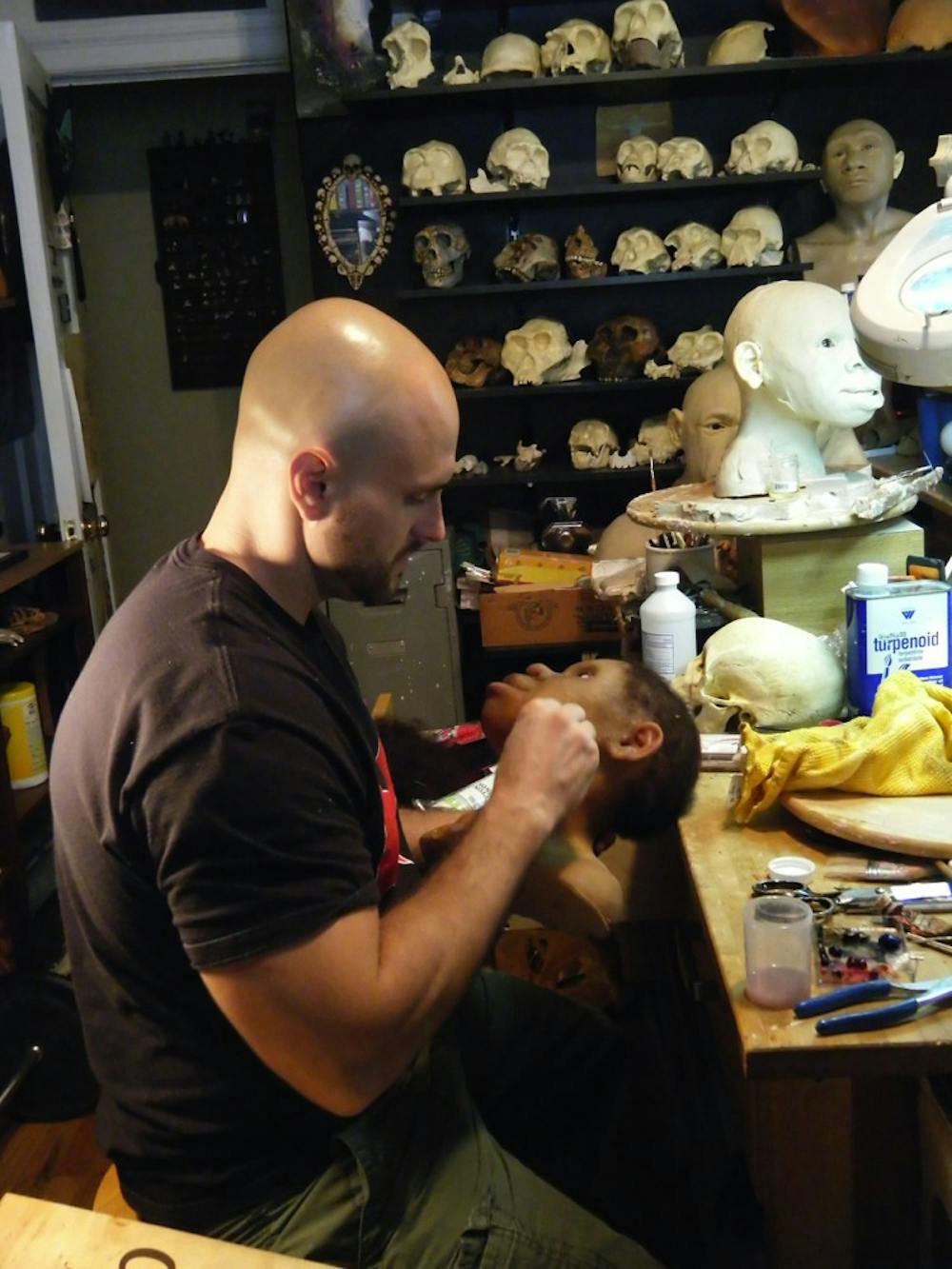A team of Penn archaeologists has found and pieced together a 108,000-year-old skull of the world’s oldest child, offering the modern world a glimpse into a period of crucial human evolution.
The team, led by anthropology professor and Penn Museum curator Harold Dibble, discovered the skeleton last year at Smuggler’s Cave in Morocco — one of the earliest sites of stone tools, human fossils and ancient artwork.
Named Bouchra, meaning “good news” in Arabic, the skull was brought to the Max Planck Institute for Evolutionary Anthropology in Leipzig, Germany, for further study.
Bouchra is one of the most complete child skeletons found from the critical time period when modern human species first emerged. It was a time when Africa was populated by both Neanderthals and the modern Homo sapiens, according to a National Geographic Channel program based on the discovery.
“Any human fragment is significant, but when you have one this complete, it suddenly becomes a super find,” Dibble said in the episode.
A skeleton of a child is especially important because it gives scientists clues to how early humans underwent developmental changes, Dibble added.
The team concluded that Bouchra was killed at about age eight and that he is a Homo sapiens but possesses primitive features that suggest he is not fully modern.
Most findings of skeletons and fossils are from time periods in which it is unclear what differentiated Homo sapiens from other species living at the same time like the Neanderthals, rising College junior and biological anthropology student Paul Mitchell said.
“A finding like [Bouchra] is very important, because it gives us a good idea of how modern human beings came about and how we differentiated ourselves,” Mitchell added.
Scientists are working to piece together the skull, fragment by fragment. Bouchra’s bones are too old to receive a genetic analysis.
From the physical evidence, Dibble’s team also tried to piece together cultural and social practices of the ancient era to see whether Bouchra’s people possessed advanced modern thought.
For instance, the team determined that Bouchra’s people were hunter-gatherers and that they wore punctured mollusk shells for adornment.
“It’s very interesting to uncover more about humans before the cultural processes we have today were widespread — before cities, agriculture and domesticated animals,” Mitchell said.
Dibble teamed up with paleoartist Viktor Daek, who used computerized CT scans and X-rays to piece together the skull and composed a clay model of Bouchra’s skull and face.
Dibble’s work was funded by National Geographic, which aired a segment featuring the finding last Thursday.
Rising College junior Kyle deSandes-Moyer — who has taken a class with Dibble — was impressed when she heard about the discovery.
“It’s cool to know that the teachers you interact with on a casual level in the classroom are out there making significant discoveries that have a major influence in the field,” she said. “My education is really something.”
“This find is another jewel on the crown of Penn’s long history of influence and importance in archaeology and anthropology,” Mitchell said.



